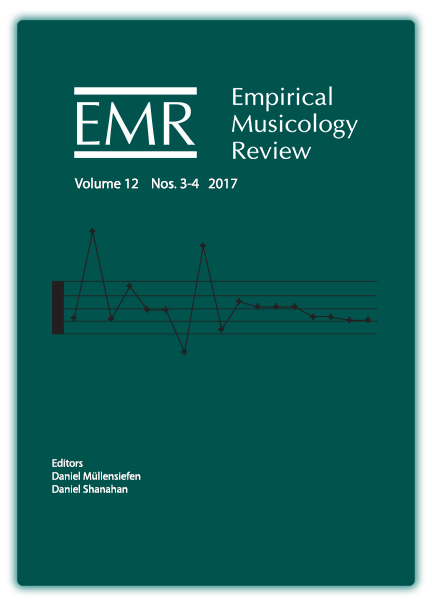Phenomena, Poiēsis, and Performance Profiling: Temporal-Textual Emphasis and Creative Process Analysis in Turandot at the Metropolitan Opera
DOI:
https://doi.org/10.18061/emr.v12i3-4.5827Keywords:
opera, technology theory, performance, audio analysis, tempo hierarchyAbstract
Amidst discussions regarding the nature of a musical work, tensions within and between score- and performance-based approaches often increase ideological entrenchment. Opera's textual and visual elements, along with its inherently social nature, both simultaneously complicate understanding of a work's nature and provide interdisciplinary analytical inroads. Analysis of operatic performance faces challenges of how to interrogate onstage musical behaviors, and how they relate to both dramatic narrative and an opera's identity. This article applies Martin Heidegger's dichotomy of technē and poiēsis to relationships between scores, performances, and works, characterizing works as conceptual, and scores and performances as tangible embodiments. Opera scholarship relies primarily upon scores, creating a lacuna of sound-based examinations. Adapting analyses developed in CHARM's "Mazurka Project," this essay incorporates textual considerations into tempo hierarchy as a means of asserting each performance's nuanced uniqueness and thus provides a window into performers' creative processes. Interviews with the performers considered in this study confirmed postulations derived from analyzing temporal-textual emphases. This approach is adaptable to other expressive elements employed in creating a role onstage. In addition to the hybrid empirical-hermeneutic application, the datasets created in this approach could be valuable as ground truth in machine learning applications.
Published
How to Cite
Issue
Section
License
Copyright (c) 2018 Joshua Neumann

This work is licensed under a Creative Commons Attribution-NonCommercial 4.0 International License.


